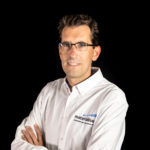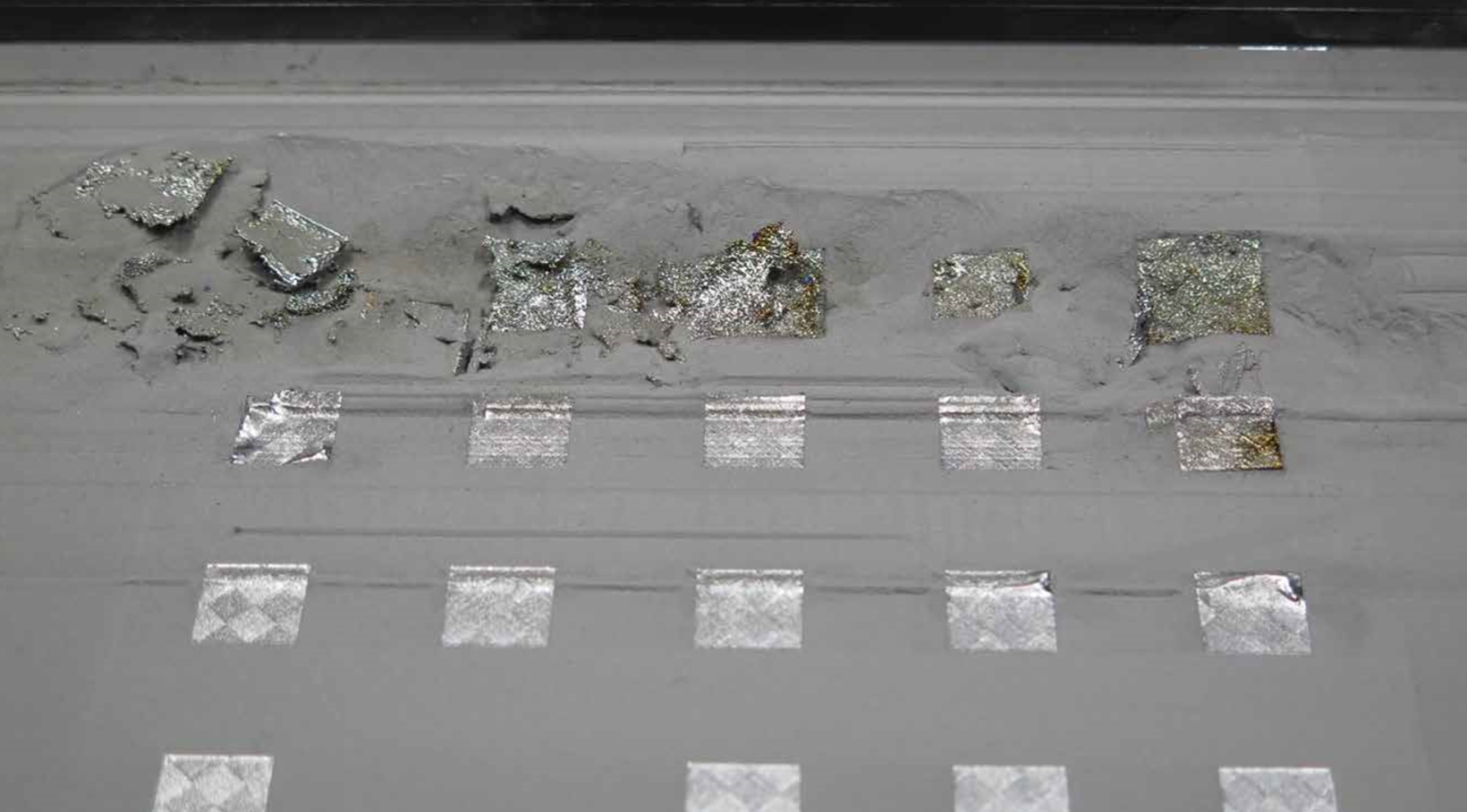
Materialise’s Lucas Hellemans provided the Topic Keynote for the Metals and New Materials vertical, sponsored by Materialise, at 3DPrint.com’s recent AMS online industry summit (Feb 9-10, 2021). The event is archived here until February 28.
The time has come to scale up AM and bring the technology from prototyping and innovation centers to the production floor for serial manufacturing. To achieve this, the industry needs to think beyond the product to the printing process itself. While AM is well-known for its ability to personalize products and parts, we must now turn our attention to personalizing the process to become faster, cheaper and more reliable.
AM cannot truly take advantage of its flexibility when only using a few standard processes. To use AM to its fullest extent, manufacturers need to tweak each parameter of the machine and the process to the specific product they intend to print. As AM is increasingly used for serial manufacturing, the need to optimize the process for each product becomes more and more important to ensure quality and efficiency.
This optimization also highlights AM’s benefits for localized production and innovation. AM can only be deployed in a distributed manufacturing setting if the local operators have the freedom and ability to adjust the process to meet their local needs. Customization facilitates this process by allowing manufacturers to set the base parameters for each product centrally and local engineers to adjust specific additional parameters. Through customization, AM facilities can distinguish themselves from other operators by adding their personal expertise and experience to the process, fostering competition, and in turn promoting innovation in the industry.
By optimizing and fine tuning the print process for parts with specific properties, manufacturers can ensure production remains economically attractive when scaled into the thousands or millions. This can take extensive manual work, time and cost. Perfecting a scalable printing process can take up to 1,000 test samples and process variations over several months, which is clearly not sustainable for large-scale manufacturing.
At Materialise, we use techniques in our own manufacturing to reduce the number of physical test prints required to optimize the print settings. By automating tedious steps, applying clever statistics and AI, and relying on smart simulations, we can predict sub-optimal prints without the manual inputs required in traditional process tuning. Through these innovations, we have reduced the cost per optimized parameter set by 50 percent. This means lower risk, lower cost and a shorter time to market for AM-produced products.
We have now integrated these capabilities into the Materialise Process Tuner, an intuitive cloud-based platform, which I discussed during my presentation at the Additive Manufacturing Strategies Summit (Complete archives available on demand with registration through February 28, 2021. My presentation begins at the 0:07 mark of Day 1). The Process Tuner helps manufacturing companies, service bureaus and machine builders to speed up their process tuning. We validated it within our own production facilities, and now are empowering our customers to make sustainable, scalable decisions with AM.
Specifically, the Materialise Process Tuner achieves four main objectives:
- Significantly reduces the cost of process development by ensuring that fewer samples are printed and less human effort is needed
- Streamlines process development to encourage faster go-to-market production
- Improves repeatability and reliability in AM processes through enhanced traceability and standardization
- Accelerates innovation through a highly efficient process development workflow
Every Materialise solution is created thoughtfully to empower our customers to make sustainable choices with AM. In the case of the Materialise Process Tuner, we have focused on capabilities that encourage scalability and efficiency in AM facilities by promoting low risk, low costs, and a high return on investment.
About the Author
 Lucas Hellemans is Market Manager at Materialise, a global 3D printing company headquartered in Belgium. With over 12 years of experience in innovation management and over 8 years of experience in the additive manufacturing industry, Lucas has a passion for translating technological advancements into industrial applications. His work at Materialise has overseen the integration of the company’s process management software into the production of manufacturing leaders like GE Aviation and the integration of software components into leading CAD/CAM applications like Siemens NX. Lucas holds a master’s degree in electro mechanical engineering from KU Leuven.
Lucas Hellemans is Market Manager at Materialise, a global 3D printing company headquartered in Belgium. With over 12 years of experience in innovation management and over 8 years of experience in the additive manufacturing industry, Lucas has a passion for translating technological advancements into industrial applications. His work at Materialise has overseen the integration of the company’s process management software into the production of manufacturing leaders like GE Aviation and the integration of software components into leading CAD/CAM applications like Siemens NX. Lucas holds a master’s degree in electro mechanical engineering from KU Leuven.
Subscribe to Our Email Newsletter
Stay up-to-date on all the latest news from the 3D printing industry and receive information and offers from third party vendors.
You May Also Like
Gorilla Sports GE’s First 3D Printed Titanium Cast
How do you help a gorilla with a broken arm? Sounds like the start of a bad joke a zookeeper might tell, but it’s an actual dilemma recently faced by...
Nylon 3D Printed Parts Made More Functional with Coatings & Colors
Parts 3D printed from polyamide (PA, Nylon) 12 using powder bed fusion (PBF) are a mainstay in the additive manufacturing (AM) industry. While post-finishing processes have improved the porosity of...
$25M to Back Sintavia’s Largest Expansion of Metal 3D Printing Capacity Since 2019
Sintavia, the digital manufacturing company specializing in mission-critical parts for strategic sectors, announced a $25 million investment to increase its production capacity, the largest expansion to its operations since 2019....
Velo3D Initiates Public Offering in a Bid to Strengthen Financial Foundations and Drive Future Growth
Velo3D (NYSE: VLD) has been among a number of publicly traded 3D printing firms that have attempted to weather the current macroeconomic climate. After posting a challenging financial report for 2023,...

































